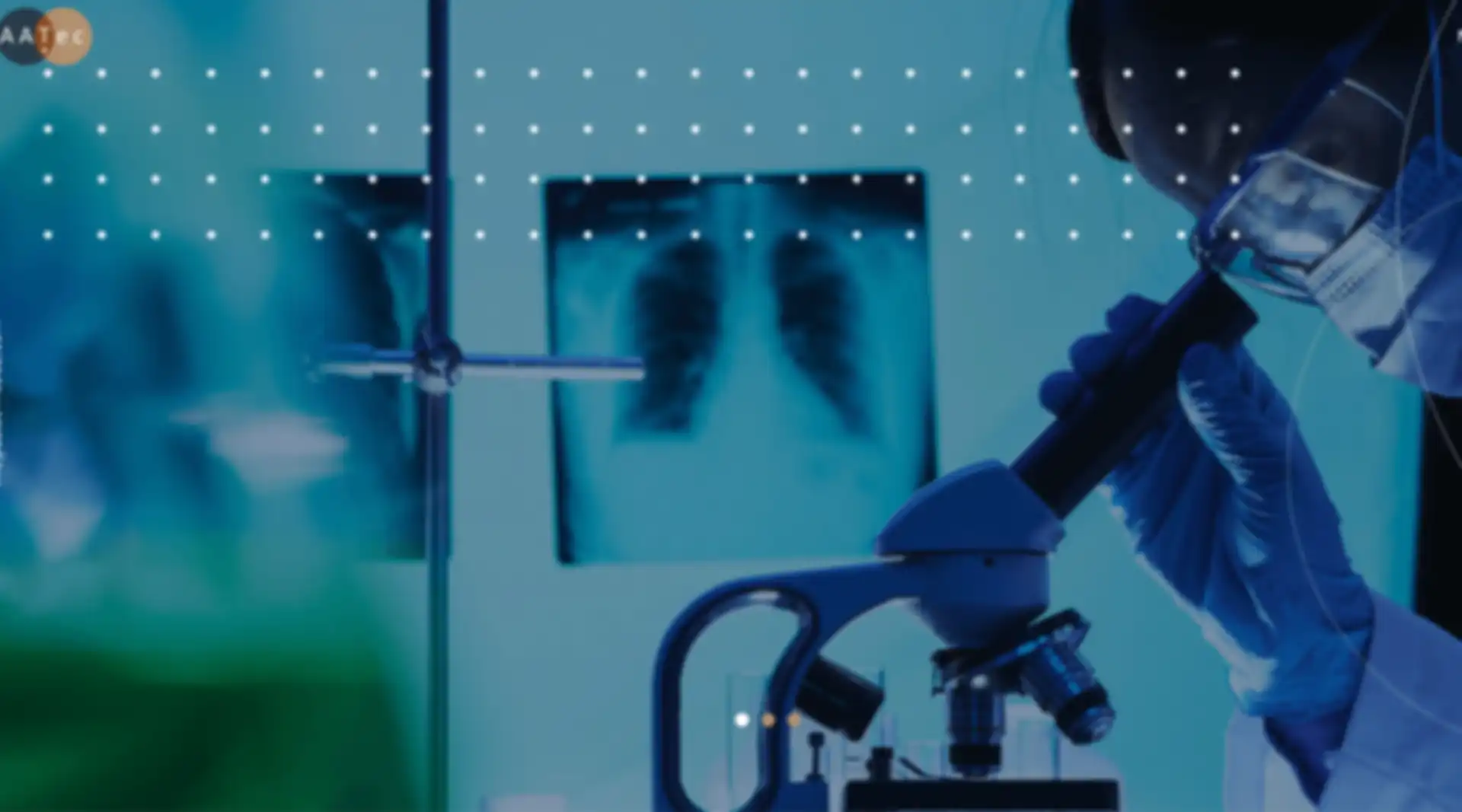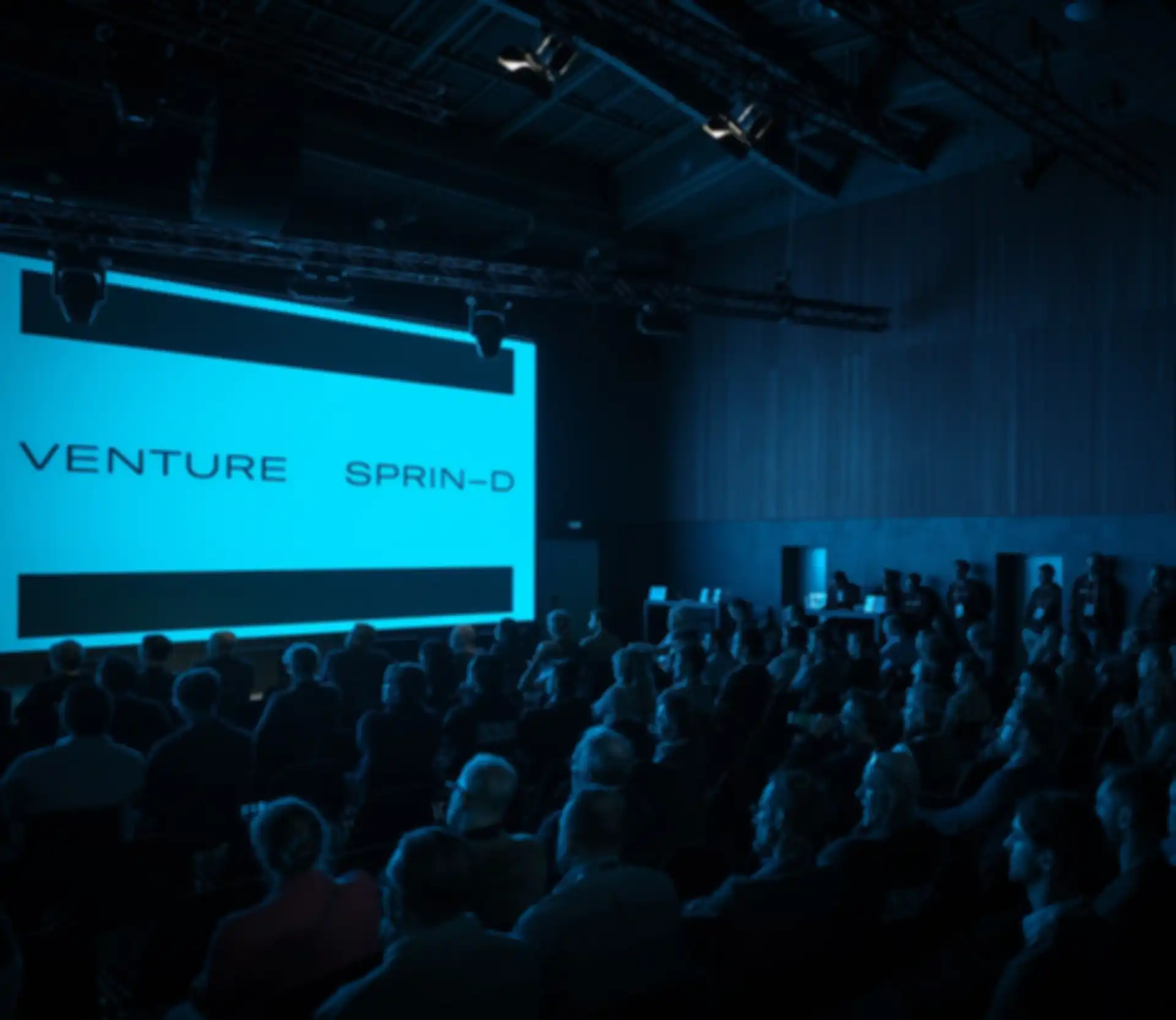4/27/2025
NEW NARRATIVE FOR EXCELLENT SCIENCE
This Time Make It Transferable, Please!
Many demands are currently being made to the new federal government with regard to the future funding of research and science. The Alliance of Science Organizations emphasizes the importance of stable funding for research and teaching. Germany currently spends 3.1 percent of its GDP on research and development (R&D), a whopping EUR 121 billion (2022). Of this, 70 percent is spent by companies and 30 percent by the public sector (approx. EUR 36 billion). As the winner of the election, the CDU/CSU has placed technological sovereignty and economic growth at the center of its political agenda. Science must also make its contribution to this goal, and in future this will mean transferring and translating science so it is used in practical applications. The transfer and translation processes will need to be taken much more seriously than in the past. The publication of the Draghi Report and the geopolitical situation have given the debate on competitiveness and innovation an additional, explosive dynamic. This is both an opportunity and a challenge. What needs to happen? A lot!

The common definition of scientific excellence refers primarily to the outstanding quality and significance of research and scientific work. This includes the dimensions of originality, methodological rigor, relevance, and impact for the expert community, publications in specialist journals, etc. Over the past decades, this has led us to build
a system that is primarily optimized for publications and the individual researchers’ H-index. In this evaluation matrix, the social and economic impact made by research is of secondary importance at best. If you ask young scientists which parameters are decisive for their career, the answer is quite clear: publications and external funding (which in turn also depends on publications). And what about knowledge and technology transfer? At most it is considered nice to have
or at worst even a career killer. The only incentive for transferring innovative academic discoveries is the personal motivation of individual scientists, as demonstrated by the UNIPRENEURS initiative in 2024, for example. In addition to their research and teaching commitments, many are involved in communication, political consulting, spin-offs, and many other areas on a voluntary basis. The Transfer Barometer, developed by the Stifterverband and the Helmholtz Association, has compiled these transfer categories and underpinned them with a corresponding set of indicators.
However, this commitment to transfer has so far received little to no recognition in the formal evaluation criteria for excellent science, although many of the research priorities
have formally joined the CoARA initiative to re-evaluate research evaluation practices in terms of impact. But does it really matter in reality? If you can’t get anywhere with voluntary commitments, what can be done? It is possible to place a greater focus on transfer and emphasize how its importance, for example, by making it mandatory in future to earmark an appropriate proportion of each federal funding measure, including the major pacts and initiatives (e.g. Pact for Research and Innovation, Excellence Initiative, etc.), for work in transferring knowledge and technology into practical applications. That would mean doing away with the toothless paper tiger of an utilization plan
or a meaningless impact statement
(which are almost never followed up in practice) and moving towards a genuine triad of research – knowledge gain – impact. This does not mean the end of knowledge-oriented basic research, but merely a new narrative for science that serves society rather than itself.
In evaluations of excellent science, both the transfer of knowledge and technology and the translation of science into practice need to be considerably upgraded, and the mechanisms for promoting innovation must also be significantly improved. This is because there is not a fundamental lack of money, but rather a lack of effective use of state funding. We overload funding measures with bureaucratic processes that are largely irrelevant to the achievement of objectives. The process seems to be more important than the result. Time to money
should be the battle cry here! How long does it take in individual funding programs for the money to reach the recipients in the bank? Between 5-12 months is not uncommon. This is fatal for start-up projects and other small organizations. Innovation funding mechanisms such as Fast Grants or the SPRIND Challenges prove that things can be done differently. (Time to money: 14 days from submission to contract signing). The Heitor Report of 2024 compiled existing innovative experiments in the financing of research and innovation. What is needed here is the political courage and will to take this to a wider audience.
The quote comes from Albert Einstein: The definition of madness is doing the same thing over and over again and expecting different results.
If we fail to bring about a cultural change in research and science with regard to deeply anchoring the idea of transferring and translating knowledge into practice and do not drastically accelerate the mechanisms of funding in terms of effort and speed, Germany and Europe run the risk of being crushed between the geopolitical poles. This means rethinking and reforming instead of carrying out only miniscule changes. It means taking an entirely new course instead of rearranging the sun chairs on the Titanic (we all know how THAT story ends!).
– An article by RAFAEL LAGUNA DE LA VERA



